Follow these nine hacks for launching and marketing local businesses more successfully.
There’s a lot that goes into launching a new business.
Whatever tactics you use, the most important thing to make sure you do is to reach the right potential customers.
As a local business, your goal isn’t to spread your marketing net as wide as possible. Instead, there are a few very specific strategies you’ll want to follow to pull this off.
In this guide, we’ll break down some of the best tactics for launching and marketing local businesses. Use these tactics to help you acquire more customers from day one.
Understanding Local Marketing Strategies
Local marketing strategies are designed to attract customers within a specific area.
If you run a local business, like a coffee shop or a plumbing service, then your target audience is restricted to your business location.
So, instead of trying to attract this audience with wide-reaching marketing strategies, you want to keep your marketing efforts targeted and confined to a geographic location. This is what local marketing is all about.
When you launch a local business, you want customers to be walking through your doors from day one. Using the right launch tactics is essential for pulling this off.
For local businesses, there are a couple of hacks that can make a big difference.
Check out our complete local marketing guide for everything you need to know about setting up a local marketing strategy.
9 Strategies for Launching a Local Business
Successful local business launches are all about attracting the right people to your business.
Instead of trying to reach as many people as possible, your goal is to spread brand awareness within a specific area.
This targeted approach helps you reach the right people, which will result in marketing efforts that deliver a better ROI.
To help you launch your local business more successfully, here are some of the best marketing tactics to use.
Establish Your Google Business Profile
As a local business; your Google Business Profile is one of the most valuable marketing tools available. In fact, Google Business Profile increased by 225% in 2022 as businesses started focusing more on bringing in foot traffic.
Your Google Business Profile is what allows you to show up in local search results and on Google Maps. It also provides potential customers with important information about your business, such as your hours of operation, address, phone number, and customer reviews.
To get the most out of your Google Business Profile, make sure to provide as much information as possible when setting up your profile. This includes your business hours, phone number, address, website, and photos. You can also add information about your products or services, as well as any special offers or promotions you are currently running.
Another way to optimize your Google Business Profile is by encouraging customers to leave reviews. Positive reviews can help improve your business’s visibility in search results and can also help establish trust with potential customers.
Responding to reviews, both positive and negative, is also important as it shows that you care about your customers’ experiences and are willing to address any concerns they may have.
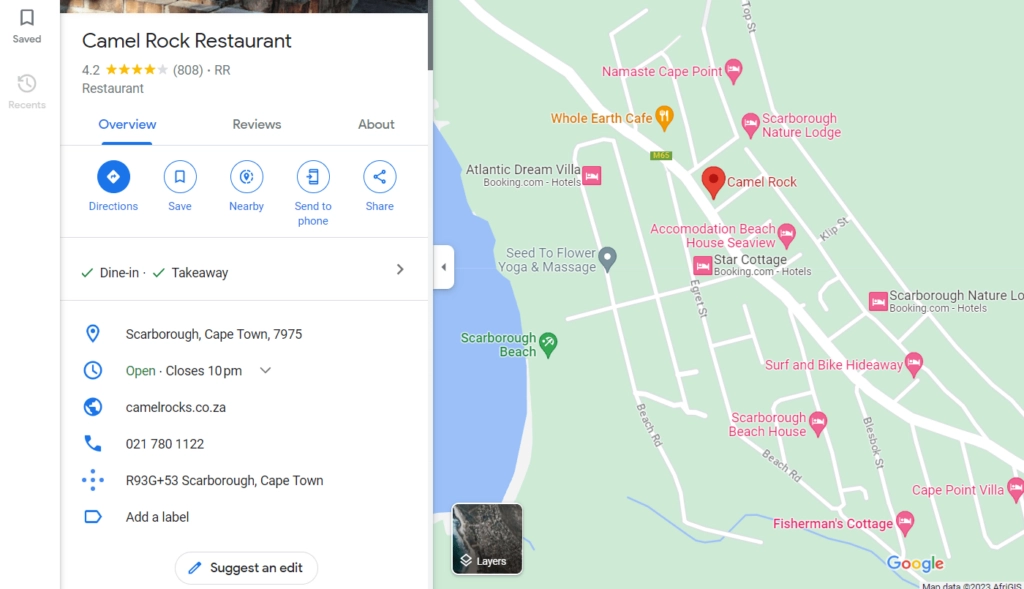
Follow our guide to SEO for Google Maps for more tactics you can use.
Of course, Google Business Profile is essential for any local business, but you should also create a broader range of online business listings. This includes building a presence on platforms like Yelp, Tripadvisor, and more.
Using a tool like Braxy Hub is the easiest way to create and manage all of your different online business listings. This will help any local business develop a greater online presence.
Narrow Down Your Target Audience
When launching a local business, it’s important to know exactly who your target audience is.
While it may be tempting to try to appeal to as many people as possible, narrowing down your audience can actually help you create more effective marketing strategies.
Knowing your target audience allows you to tailor your marketing messages to their specific needs and pain points. Instead of focusing solely on demographic information, such as age or gender, try to understand the challenges your target audience is facing and how your business can help solve those challenges.
For example, if you’re opening a yoga studio, your target audience may be people who are looking to improve their physical health and reduce stress. By focusing on these pain points, you can create marketing messages that speak directly to your target audience and highlight how your studio can help them achieve their goals.
If you know that your target audience is aged 25 – 33 and earns a certain income, your marketing strategies won’t actually speak to their pain points. This is critical for local businesses.
In addition, narrowing down your target audience can help you save time and money on marketing efforts. Rather than trying to appeal to a broad range of people, you can focus your efforts on reaching the specific group of people who are most likely to be interested in your business.
Here’s an example of the kind of buyer persona your business could create:

Focus On the Right Social Media Channels
Social media is a powerful tool for promoting your local business, but it’s important to focus your efforts on the right channels.
While it may be tempting to try to be active on every platform, it’s often more effective to focus on a few key channels where your target audience is most active.
To determine which social media channels to focus on, consider your target audience and the type of content you plan to share.
For example, if your target audience is primarily young professionals, you may want to focus on LinkedIn or Instagram, whereas if your target audience is primarily families, Facebook may be a better fit.
In addition to considering your target audience, it’s important to think about the type of content you plan to share. If you plan to share a lot of visual content, such as photos or videos, Instagram or TikTok may be a good fit. If you plan to share more informational or educational content, LinkedIn or Twitter may be more appropriate.
Once you’ve determined which channels to focus on, make sure to optimize your profiles by including relevant information about your business, such as your website and contact information.
Consistency is also key, so make sure to post regularly and engage with your followers.
Facebook is important for any kind of local business, as your Facebook page can also act as a kind of local business directory. Start here, and then determine what other social media platforms make sense for your business.
Partner With Other Local Businesses
Partnering with other local businesses can be a great way to promote your own business and reach a wider audience. By collaborating with complementary brands, you can create mutually beneficial relationships that can help both businesses grow.
One way to partner with other local businesses is to run giveaways or contests together. For example, if you own a coffee shop, you could partner with a nearby bakery to offer a giveaway package that includes coffee and pastries. By sharing the promotion on both of your social media channels, you can reach a wider audience and increase engagement with your followers.
Another way to partner with other local businesses is to host events together. For example, a clothing boutique could partner with a local jewelry maker to host a fashion show featuring both brands. This can help both businesses reach a new audience and create a memorable experience for customers.
When looking for potential partners, consider businesses that complement your own. For example, if you own a pet store, you could partner with a local veterinarian or dog groomer. This can help you reach a wider audience of pet owners and create a network of businesses that can refer customers to each other.
Finally, make sure to promote your partnerships on your website and social media channels. This can help increase awareness of both businesses and show your customers that you’re invested in supporting your local community.

Run a Referral Campaign
A referral campaign can be a powerful way to generate buzz and attract new customers to your local business. By incentivizing your existing customers to refer their friends and family, you can create a viral loop that can quickly expand your customer base.
One way to run a referral campaign is to use a tool like Viral Loops. This platform allows you to create a custom referral program that rewards both the referrer and the new customer for participating.
For example, you could offer a discount or free product to both the referrer and the new customer when the new customer makes their first purchase.
To get started with a referral campaign, make sure to clearly communicate the terms and rewards of the program to your existing customers. You can do this through email, social media, or in person at your store. Make it easy for customers to refer their friends by providing them with a unique referral link or code to share.
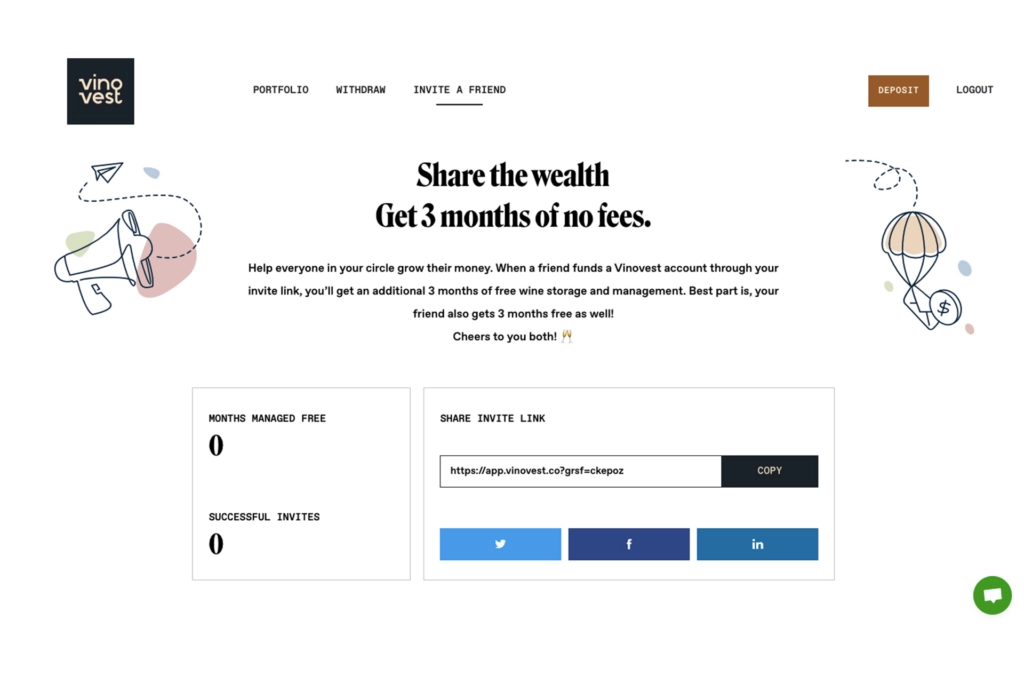
Set Up Email Automation
If you’re launching a local business, you need to stay in touch with your customers and prospects. Email automation can help you do this by delivering targeted messages to your subscribers based on their behavior and interests. The best part is that you don’t have to manually send each email!
To get started with email automation, consider using an email automation platform like Wishpond. This tool allows you to create and send automated emails based on triggers like sign-ups, purchases, or website behavior. You can also segment your email list to ensure that your messages are highly relevant to your audience.
For example, you could send a welcome email to new subscribers that introduces your brand and encourages them to explore your products or services. You could also follow up with a series of emails after a purchase, such as a thank-you email, a request for feedback, and a promotional offer for their next purchase.
To make the most of email automation, make sure to personalize your messages and keep them engaging. Use attention-grabbing subject lines, clear calls to action, and relevant content that speaks to your audience’s pain points and interests.
Finally, make sure to track your email campaign results and adjust your strategy as needed. Analyze your open and click-through rates, as well as your conversion rates, to see what’s working and what’s not. This data can help you refine your messaging and improve your email marketing over time.
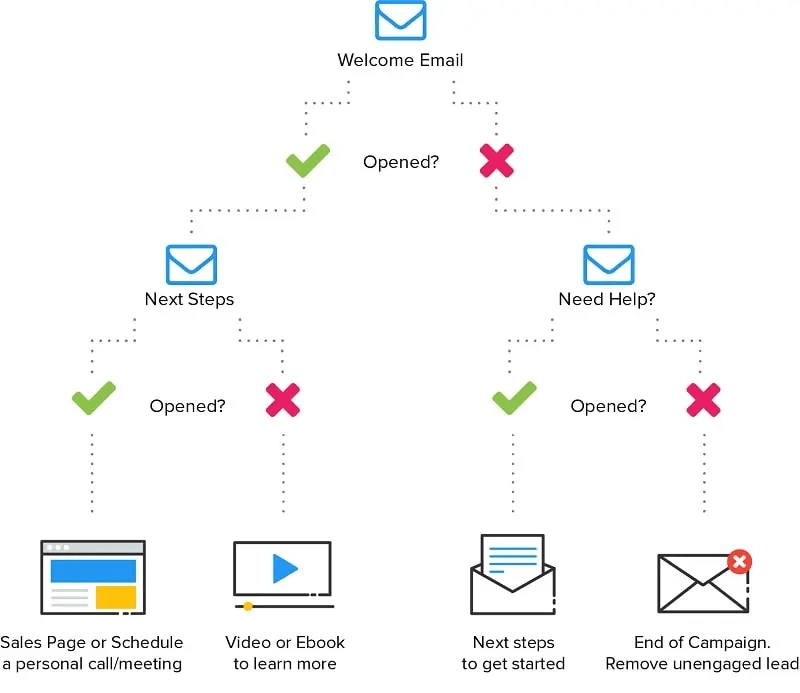
Run Targeted Ads
If you want to reach a specific audience for your local business, running targeted ads can be a game-changer.
By using location-based targeting, you can ensure that your ads are shown to people in your local area who are most likely to be interested in your products or services.
One of the best platforms for location-based targeting is Facebook Ads. This platform allows you to target your ads based on specific geographic areas, such as zip codes or cities. You can also target your ads based on demographics, interests, and behaviors, ensuring that your ads are seen by the right people.
Another platform to consider is Google Ads. With Google Ads, you can target your ads based on location, keywords, and even specific websites or apps. This can be especially useful if you want to target people who are actively searching for products or services like yours.
When creating your targeted ads, make sure to use eye-catching visuals and clear, concise messaging. Highlight the unique benefits of your products or services and use strong calls to action to encourage people to take action, such as visiting your website or making a purchase.
It’s also important to track your ad results and adjust your strategy as needed. Use tools like Facebook Ads Manager or Google Analytics to monitor your ad performance and see which ads are driving the most clicks and conversions. This data can help you refine your targeting and messaging to improve your ad ROI over time.
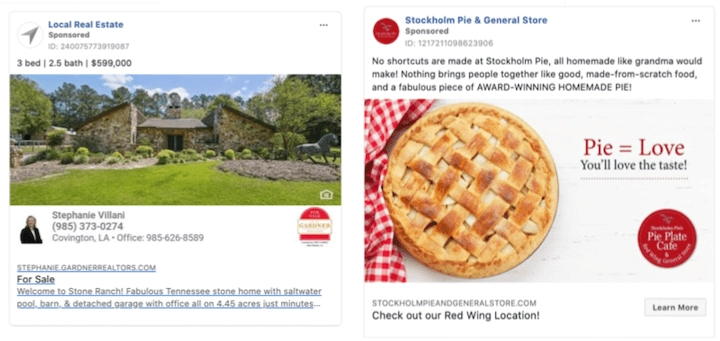
Consider Advertising in Local Media
When launching your local business, it’s important to get the word out to as many people as possible.
One effective way to do this is by advertising in local media outlets, such as newspapers, radio stations, and magazines.
Advertising in local media can help you reach a large audience quickly and generate buzz around your launch. Plus, it allows you to target people in your local area who are most likely to be interested in your products or services.
When considering local media advertising options, think about the audience you want to reach and which media outlets they are most likely to consume. For example, if your target audience is primarily older adults, advertising in the local newspaper or on a radio station that plays classic rock may be a good choice.
It’s also important to craft your advertising message carefully. Make sure your ad clearly communicates your business’s unique value proposition and what sets you apart from your competitors.
Use eye-catching visuals and clear, concise messaging to grab people’s attention and encourage them to take action.
To make the most of your advertising budget, consider running a special launch promotion, such as a discount or free gift with purchase, to incentivize people to try your products or services. This can help generate excitement and word-of-mouth buzz around your launch.
Enhance Your Local SEO
Local search engine optimization (SEO) is critical for any local business that wants to be found by potential customers online. By optimizing your website and online presence for local searches, you can increase your visibility in search engine results pages (SERPs) and attract more local customers.
To enhance your local SEO, start by claiming and optimizing your Google My Business profile as we mentioned above.
Another important step is to optimize your website for local search terms. This involves incorporating relevant keywords and phrases that people in your local area are likely to search for into your website’s content, meta tags, and URLs.
For example, if you’re a local bakery in downtown, you might want to include keywords like “downtown bakery” or “freshly baked bread in downtown” on your website.
In addition to optimizing your website, it’s important to also build local backlinks. These are links from other local websites that point back to your website. The more high-quality, relevant backlinks you have, the more authority and credibility your website will have in the eyes of search engines like Google.
Finally, don’t forget about online reviews. Encourage satisfied customers to leave reviews on your Google My Business page or other review sites like Yelp or TripAdvisor. Positive reviews can help boost your visibility in local search results and attract more customers to your business.
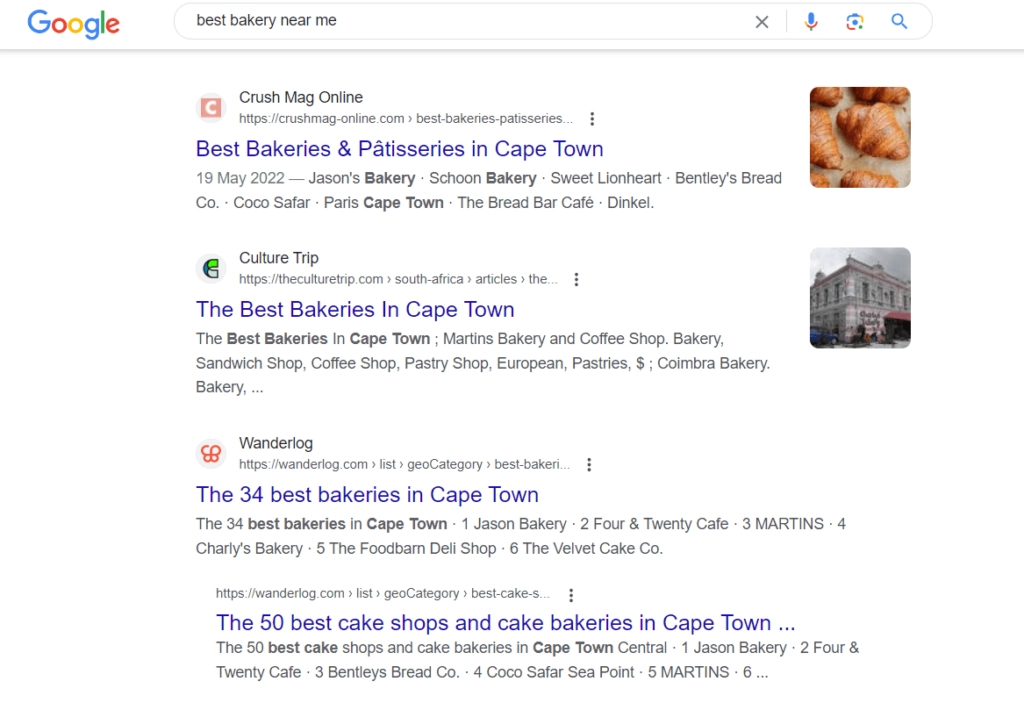
Conclusion
Successful marketing is all about being smart and reaching your target audience in the most effective way possible. As a local business, there are a few important tactics to help you do this.
Launching a local business will be a lot more successful if you follow the right marketing tactics. Try the strategies above, understand your target audience, and you should generate a lot more business straight away.

